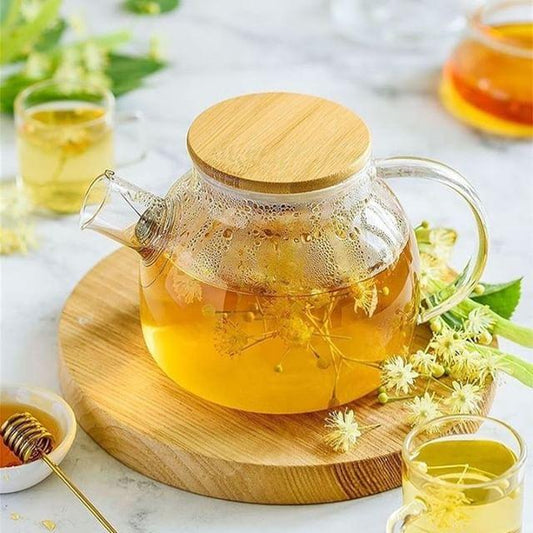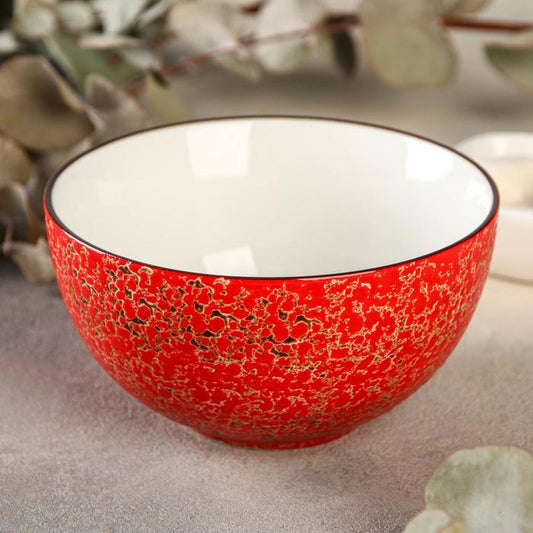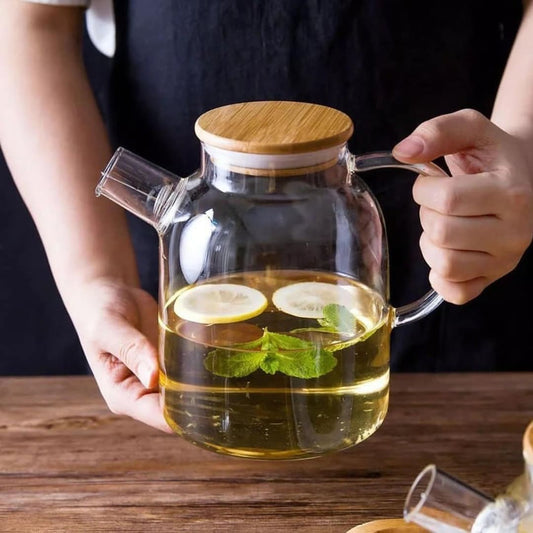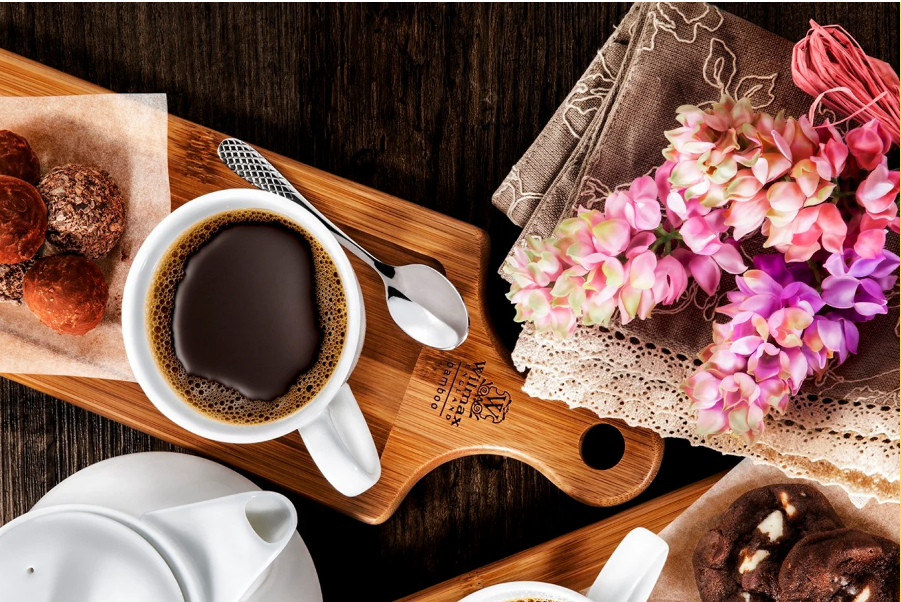Lost Recipes of the Ottoman Empire: Reviving Centuries-Old Flavors

The cuisine of the Ottoman Empire was more than royal feasts and silken spices—it was a living fusion of the vast cultures under its rule. Stretching across three continents, the empire absorbed ingredients and techniques from the Balkans, Middle East, North Africa, and the Mediterranean. Today, chefs and culinary historians are rediscovering forgotten Ottoman recipes—reviving dishes that once graced sultans’ tables and everyday homes alike.
A Cuisine of Confluence
Ottoman cuisine was a dynamic intersection of Persian, Arabic, Greek, Armenian, Jewish, and Central Asian culinary traditions. Court chefs at Topkapı Palace were tasked with preparing meals that symbolized the power and diversity of the empire—meaning innovation, experimentation, and fusion were encouraged. Their handwritten records, passed down through generations, offer glimpses into dishes that disappeared from modern menus.
Ingredients that Defined an Era
- Sour agents: Pomegranate molasses, sumac, sour cherry, and unripe grape juice (verjuice) gave many dishes a tangy complexity.
- Fragrant spices: Cinnamon, clove, mastic, and cardamom were used in both sweet and savory preparations.
- Dried fruits: Apricots, dates, raisins, and figs often accompanied meats, lending a signature sweet-savory balance.
- Herbs & greens: Parsley, mint, dill, and wild greens (like purslane or chicory) featured prominently in stews and salads.
- Rosewater and orange blossom: Used with restraint to perfume desserts, syrups, and sherbets.
Three Forgotten Ottoman Dishes to Know
1. Mutancana
A savory lamb or chicken stew made with apricots, prunes, raisins, almonds, and honey. Once served at imperial banquets, this dish captures the essence of sweet-meets-salty elegance. It’s slow-cooked and aromatic, often paired with rice pilaf or flatbread.
2. Mahmudiyye
A rare chicken stew that uses rice, saffron, almonds, currants, and cinnamon. It originated in the 15th century and was known as the “food of kings.” The recipe balances savory chicken with lightly sweetened broth and delicate spices.
3. Helatiye
A chilled dessert made from almond milk jelly and rosewater syrup, often served with dried fruit and pistachios. Delicate and floral, it was a refined way to end rich meals and was enjoyed across Ottoman summer courts.
Why These Recipes Matter Today
Reviving lost recipes is more than culinary nostalgia—it’s cultural preservation. These dishes tell stories of migration, trade, creativity, and co-existence. They reflect a time when food was slow, generous, and designed to awaken all the senses. In a world leaning toward fast and functional meals, Ottoman cuisine reminds us that food can be ritual, memory, and art.
Where to Experience Ottoman Revival
- Istanbul’s heritage restaurants like Asitane or Matbah offer historically researched Ottoman menus.
- Modern chefs across Turkey and the Balkans are reimagining these flavors in upscale kitchens.
- Cookbooks and archives from 15th to 19th-century palace kitchens are now being translated and digitized for the world.
Final Thoughts
The Ottoman Empire’s culinary legacy is a treasure chest of complexity and elegance waiting to be rediscovered. As chefs and home cooks revive its lost recipes, we’re reminded that flavor, like history, is never static—it evolves, vanishes, and returns in surprising ways. All it takes is curiosity, spice, and a little rosewater.
Share:





